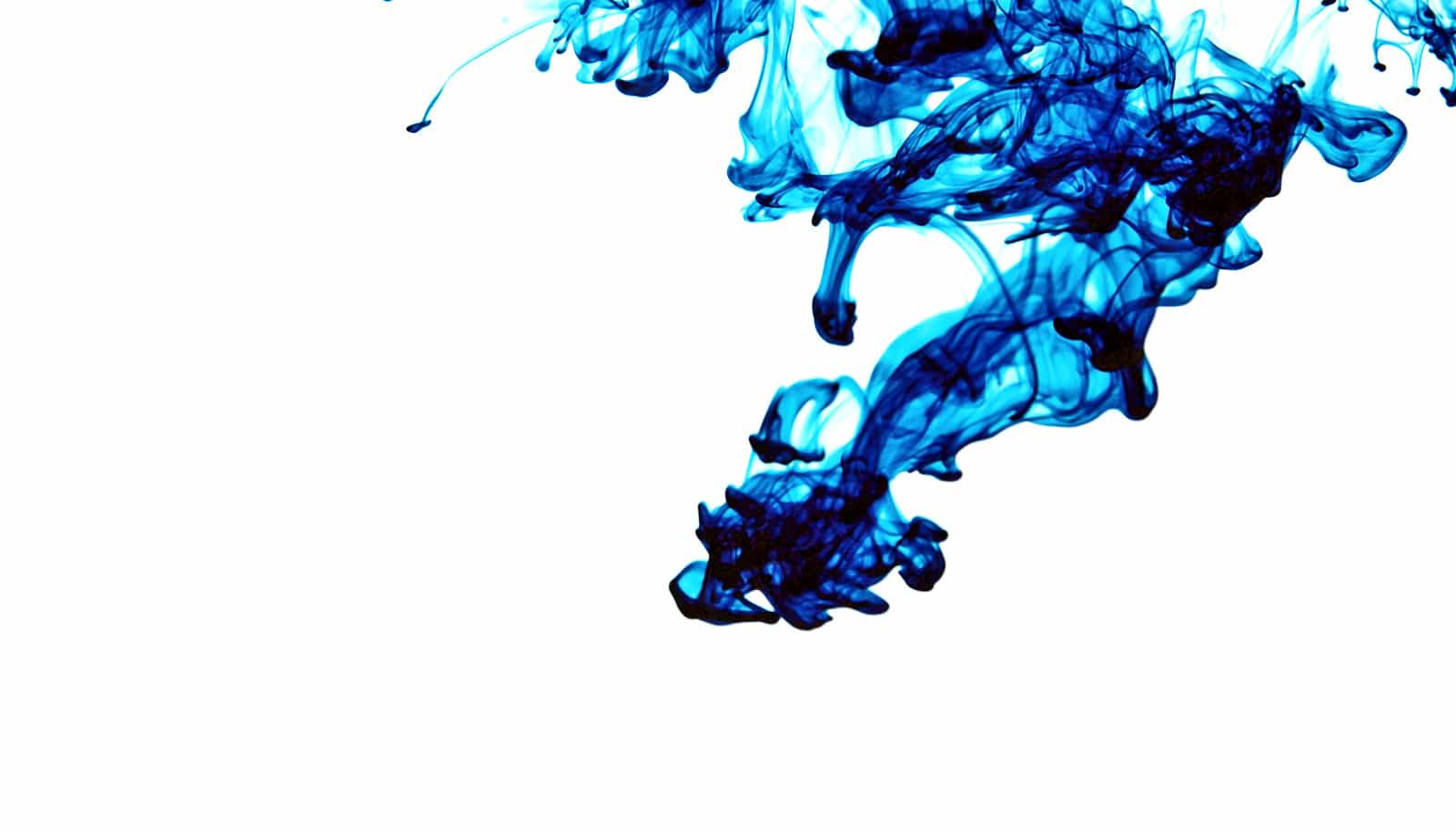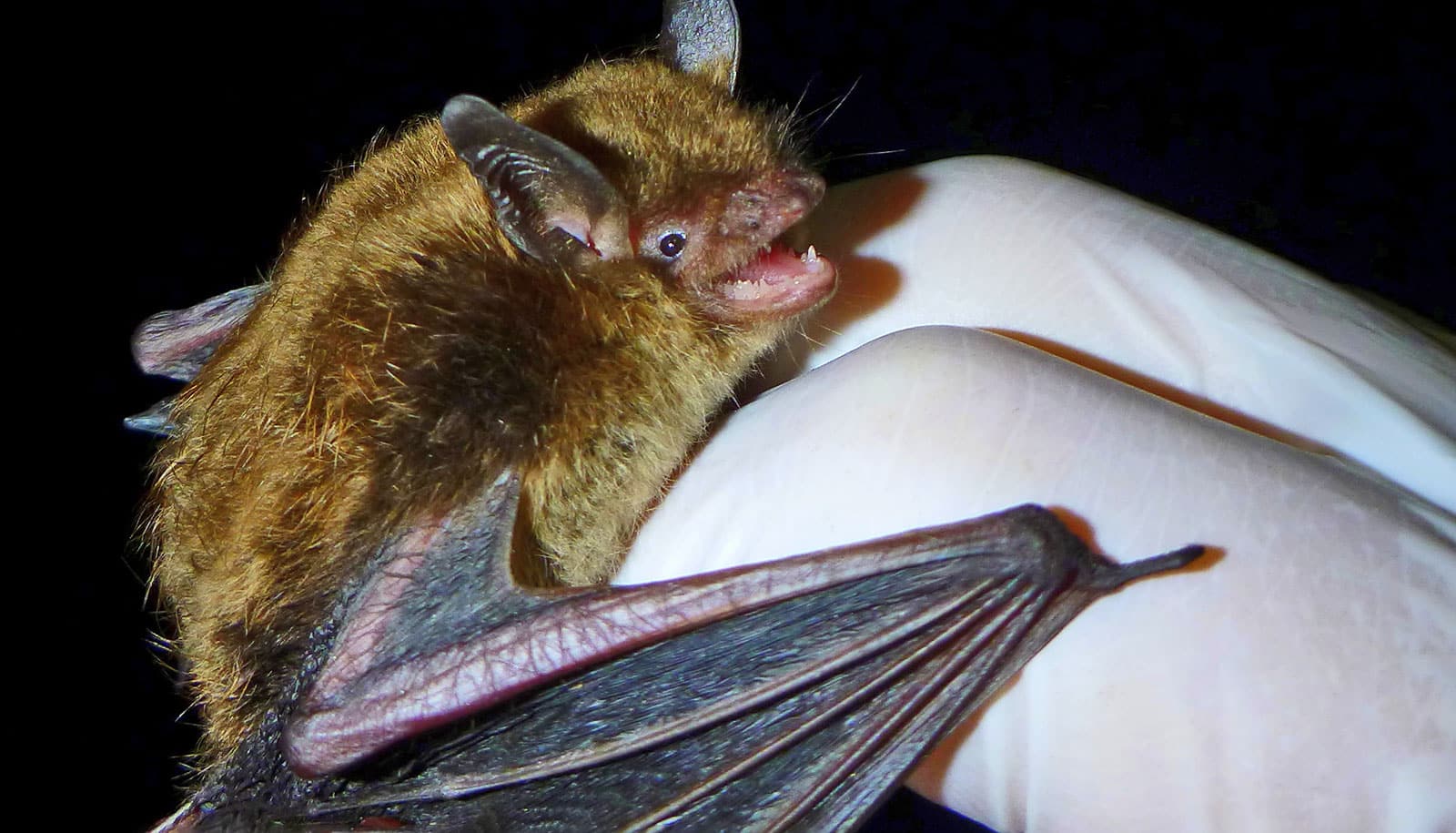A new nanodiamond-based contrast agent—a chemical “dye” that enhances the visibility of internal body structures in magnetic resonance imaging (MRI)—could improve visualization of liver cancer tumors.
MRI is a medical imaging technique commonly used for cancer diagnosis and to track the progress of patients after treatment. Currently, there are two modes of MRI imaging, T1-weighted and T2-weighted imaging, and patients are often given contrast agents to improve imaging quality.
Each imaging mode, however, requires a specific class of contrast agent which cannot be used together. This poses a greater challenge in the diagnosis of liver cancer, where T2-weighted imaging is still not considered reliable, and tumor vascularity can confound both T1- and T2-weighted imaging.
A research team led by Edward Chow, from the Cancer Science Institute of Singapore at National University of Singapore and the department of pharmacology at NUS Yong Loo Lin of Medicine, has developed a dual-mode contrast agent that enables clearer and more accurate images of tumors from both T1- and T2-weighted MRI scans, and with lower dosages of contrast agent.
The dual-mode contrast agent, which the researchers developed with nanodiamonds in combination with a manganese base, provides greater imaging contrast than existing options. The team also found that liver tumors that can’t be visualized without contrast agents become readily visible even at low dosages of the new compound.
MRI scanner steers cancer-killing virus inside the body
Contrast agents work by altering the magnetic properties of nearby water molecules, which enhances the quality of MR images. Nanodiamonds, which are carbon-based particles of two to eight nanometers in diameter, have unique chemical properties that allow them to attract water molecules. This enables them to promote proton exchange between water molecules and paramagnetic ions (i.e. contrast agents) that accumulate in tissues.
“Our experiments suggest that our dual-mode contrast agent holds great promise in improving imaging for liver cancer,” says Chow.
“We are hopeful that this advancement in nanomedicine will lead to safer and more accurate diagnosis of liver cancer. Moving forward, we plan to conduct further preclinical safety studies for our contrast agents, with the end goal being clinical implementation. We are also looking into using our contrast agents to improve imaging for glioma and ovarian cancer,” Chow adds.
Shot of contrast makes brain tumors glow
The study was a collaboration with the NUS Comparative Medicine Imaging Facility and the Agency for Science, Technology, and Research’s Singapore Bioimaging Consortium. The findings of the study appear in the journal Nanomedicine: Nanotechnology, Biology, and Medicine.
Source: National University of Singapore



